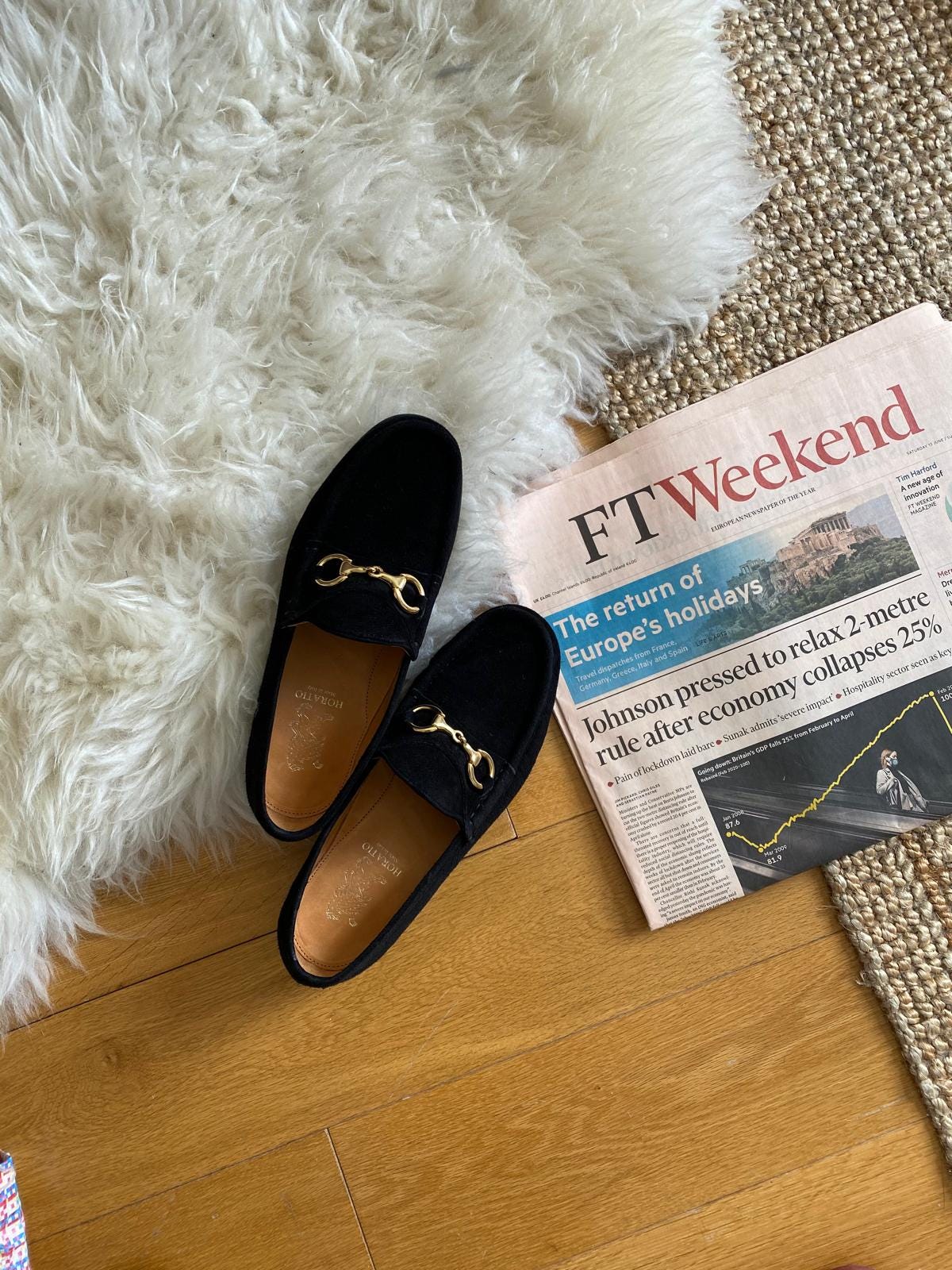The Human Code of Luxury
Why our obsession with status isn’t vanity — it’s evolution. And what that means for the next wave of taste.
Editor’s note: This feature replaces our March 2025 edition of “The Human Code of Luxury”, updated and expanded for context and clarity.
We first published this conversation with bestselling author Will Storr in March 2025, when Dark Luxury was still a smaller operation with fewer subscribers. We’re bringing it back with an update now because it feels newly relevant — proof that, somehow, the world’s most unserious shoe remains our most serious fashion signal.
With fashion deep in what editors are calling The Great Fashion Reset — almost every major house unveiling a new creative director and a new vision — it feels like the perfect moment to revisit Storr’s ideas about how desire in luxury is made, not just commercially and creatively but at the deepest psychological and emotional level.
Just how much is too much for a pair of loafers?
Take the ones on my feet right now: Gucci, plain black with a gold buckle. They cost £810 today. The same pair set me back £185 when Tom Ford still reigned at the house. Even then it felt criminally expensive, especially for a student — something to keep quiet about.
Now, after years writing about shoes for GQ and The Times, I know £810 is absurd. Yet here they are, gleaming beside the George Cleverleys, John Lobbs and Edward Greens, the holy trinity of English shoemaking. Those brands arguably offer better craftsmanship and value for money, but they don’t possess the same talismanic power.
What’s wrong with me? Am I an idiot?
According to writer Will Storr — author of The Status Game, The Science of Storytelling and his latest, A Story Is a Deal— no, I’m simply human. One of the many fuelling a $1.5 trillion global appetite for expensive things no one really needs.



